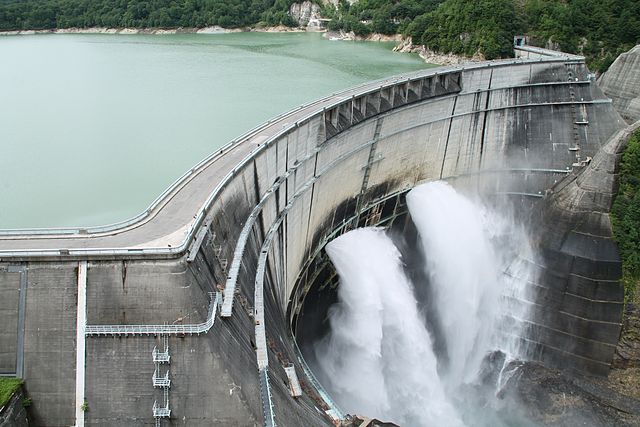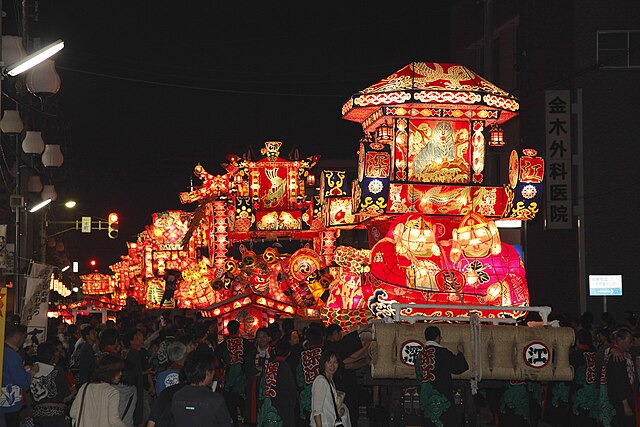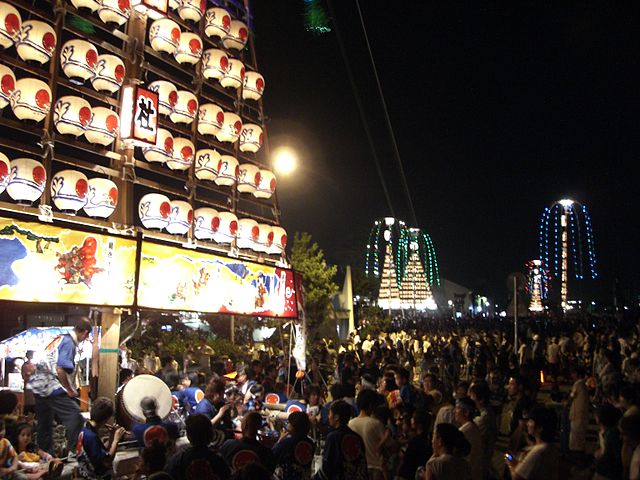Itai-itai disease was the name given to the mass cadmium poisoning of Toyama Prefecture, Japan, starting around 1912. The term "itai-itai disease" was coined by locals for the severe pains people with the condition felt in the spine and joints. Cadmium (Cd) poisoning can also cause softening of the bones and kidney failure. Effective treatments involve the use of chelators to promote urinary excretion of Cd. The cadmium was released into rivers by mining companies in the mountains, which were successfully sued for the damage. Remediation efforts in the affected region have been ongoing since 1972 and were mostly complete as of 2012. Monetary costs of the cleanup have been paid for in part by Japan's national government, Mitsui Mining, and the Gifu and Toyama prefectural governments. Itai-itai disease is known as one of the Four Big Pollution Diseases of Japan.

The Jinzū River in Toyama Japan, where cadmium-containing industrial waste was dumped. This began the spread of Itai-itai disease.
Toyama Prefecture is a prefecture of Japan located in the Chūbu region of Honshu. Toyama Prefecture has a population of 1,044,588 and has a geographic area of 4,247.61 km2. Toyama Prefecture borders Ishikawa Prefecture to the west, Gifu Prefecture to the south, Nagano Prefecture to the east, and Niigata Prefecture to the northeast.
Toyama Prefectural Office Building
Kurobe Dam
Tonami Yotaka Festival (June)
Uozu Tatemon Festival (August)





